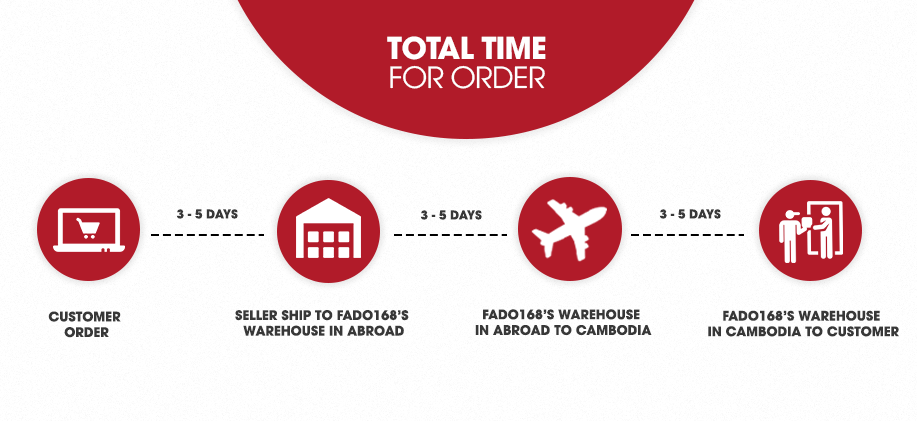While the book is focused on learning Spark as an analytical engine for diverse workloads, we will not cover all of the languages that Spark supports. Most of the examples in the chapters are written in Scala, Python, and SQL. Where necessary, we have infused a bit of Java. For those interested in learning Spark with R, we recommend Javier Luraschi, Kevin Kuo, and Edgar Ruiz’s Mastering Spark with R (O’Reilly).
Finally, because Spark is a distributed engine, building an understanding of Spark application concepts is critical. We will guide you through how your Spark application interacts with Spark’s distributed components and how this is decomposed into parallel tasks on a cluster. We will also cover which deployment modes are supported and in what environments.
While there are many topics we have chosen to cover, there are a few that we have opted to not focus on. These include the older low-level Resilient Distributed Dataset (RDD) APIs and GraphX, Spark’s API for graphs and graph-parallel computation. Nor have we covered advanced topics such as how to extend Spark’s Catalyst optimizer to implement your own operations, how to implement your own catalog, or how to write your own DataSource V2 data sinks and sources. Though part of Spark, these are beyond the scope of your first book on learning Spark.
Instead, we have focused and organized the book around Spark’s Structured APIs, across all its components, and how you can use Spark to process structured data at scale to perform your data engineering or data science tasks.


